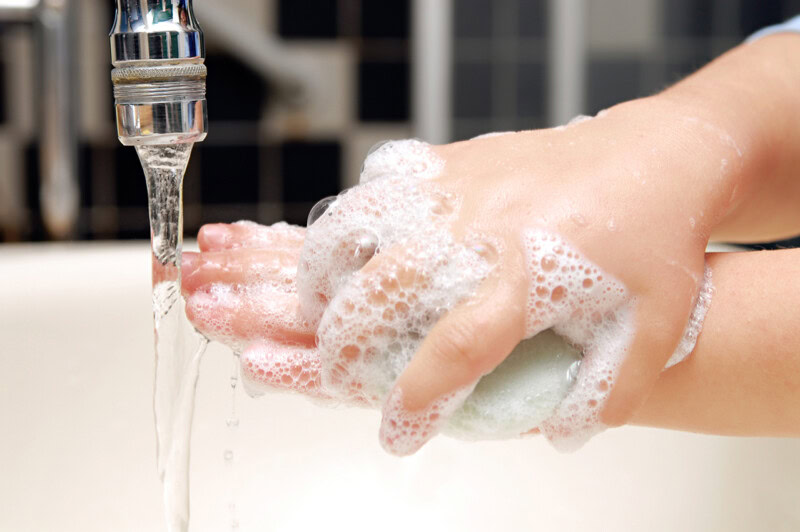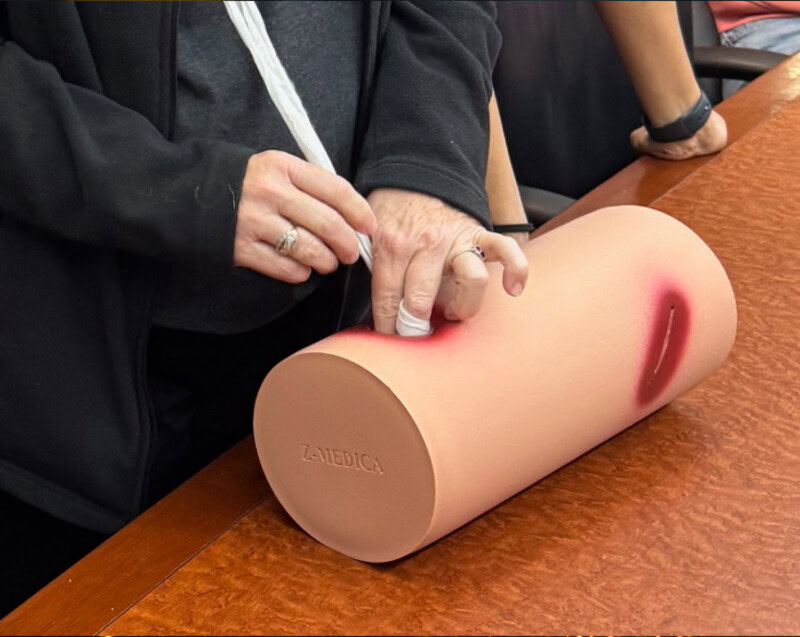Welcome back to “Hand Washing 101.” Last week, CTEH’s occupational health nurse showed us why hand washing is essential to keeping our workplaces healthy. Now, she’s back to help us uncover the truths vs. falsehoods about this “simple, low-cost action.” Check it out below:
It’s better to wash your hands with warm water than cold water.
False. According to the Centers for Disease Control and Prevention (CDC), water temperature does not affect microbe removal. The most important thing is to use clean, running water.
It’s more about the quality than quantity of your hand washing.
True. The CDC recommends washing your hands for “at least 15 seconds.” However, it doesn’t have to specifically be 15 seconds as long as you properly clean all areas of your hands (i.e., palms, backs of hands, between your fingers, under your nails).
It’s okay to wash your hands with water alone.
False. It’s better to use soap and water. Not only does soap help remove soil and germs, but it’s been shown people scrub their hands more thoroughly when using soap.
Washing your hands helps prevent antibiotic resistance.
True. Washing your hands helps prevent respiratory and diarrhea-related illnesses, which, in turn, reduces the use of antibiotics that are often unnecessarily prescribed for these issues. Hand washing may also help prevent individuals from getting sick from germs that are already resistant to antibiotics.
Using hand sanitizer is just as effective as washing your hands.
False. If soap and water are unavailable, the CDC recommends using hand sanitizer with at least 60% alcohol. However, soap and water are always preferred because they are able to remove certain types of germs and harmful chemicals. They are also more effective than hand sanitizer at cleaning heavily soiled or greasy hands.
Want more information about how to keep your employees healthy? Share your questions with CTEH’s occupational health nurse on Facebook or contact us at cteh.com.




